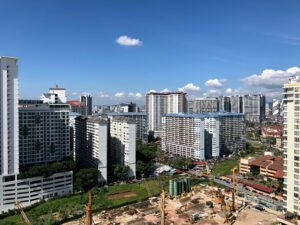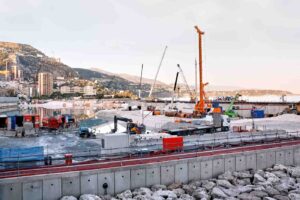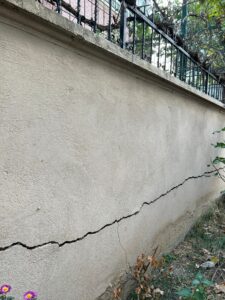Effective drainage in retaining wall design is critical for creating stable, long-lasting structures across Australia. Retaining walls manage slopes, prevent erosion, and enhance landscapes, but without proper drainage, water buildup can cause structural damage. This article explores the importance of retaining wall drainage and offers practical solutions to ensure durable Australian retaining walls for your project.
The Role of Drainage in Retaining Wall Stability
Proper drainage is vital for retaining wall stability. When water accumulates behind a wall, it creates hydrostatic pressure, causing cracks, bulging, or collapse. In Australia, heavy rainfall and diverse soils make drainage in retaining wall design essential.
Effective drainage systems redirect water, reducing pressure and protecting the structure. For example, weep holes or drainage pipes enable water to escape, ensuring lasting wall stability.
Wall types like gravity or cantilever walls depend on tailored drainage for stability. Proper drainage helps walls withstand Australia’s harsh conditions, like coastal storms or inland droughts, boosting longevity and safety.
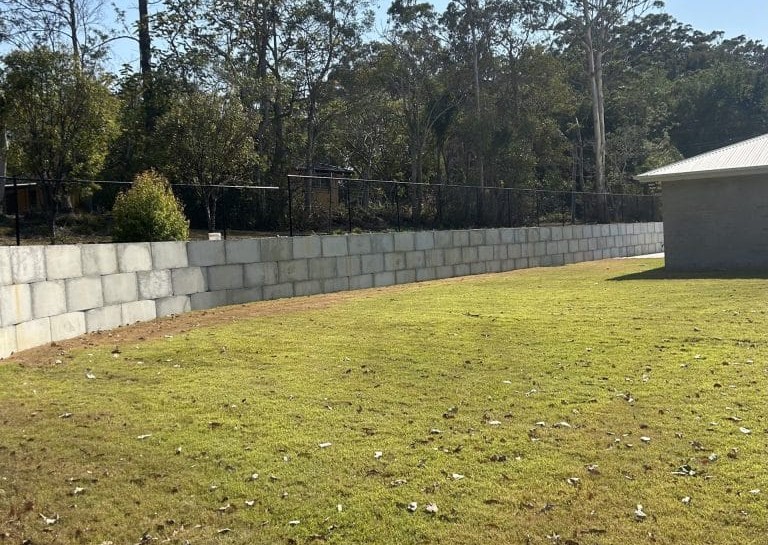
Common Drainage Problems in Australian Retaining Walls
Australian retaining walls face distinct challenges due to diverse climate and soil conditions. Common drainage issues include:
- Heavy Rainfall: Regions like Queensland and New South Wales experience intense rain, leading to water saturation behind walls.
- Clay Soils: Found in many Australian areas, clay soils retain water, increasing pressure on retaining walls.
- Poor Design: Inadequate drainage systems, such as missing gravel backfill or weep holes, exacerbate water buildup.
These problems can result in costly repairs or complete wall failure. Understanding local conditions is key to designing drainage systems that withstand Australia’s environmental demands.
Benefits of Effective Retaining Wall Drainage Systems
Investing in proper retaining wall drainage solutions highlights the importance of retaining wall drainage with clear benefits:
- Enhanced Durability: Well-drained walls resist cracking and shifting, extending their lifespan.
- Cost Savings: Preventing damage reduces the need for expensive repairs or rebuilding.
- Environmental Protection: Effective drainage minimises soil erosion, preserving the surrounding landscape.
- Aesthetic Appeal: Stable walls maintain their appearance, enhancing property value.
By prioritising drainage, you ensure your retaining wall remains functional and visually appealing for decades.
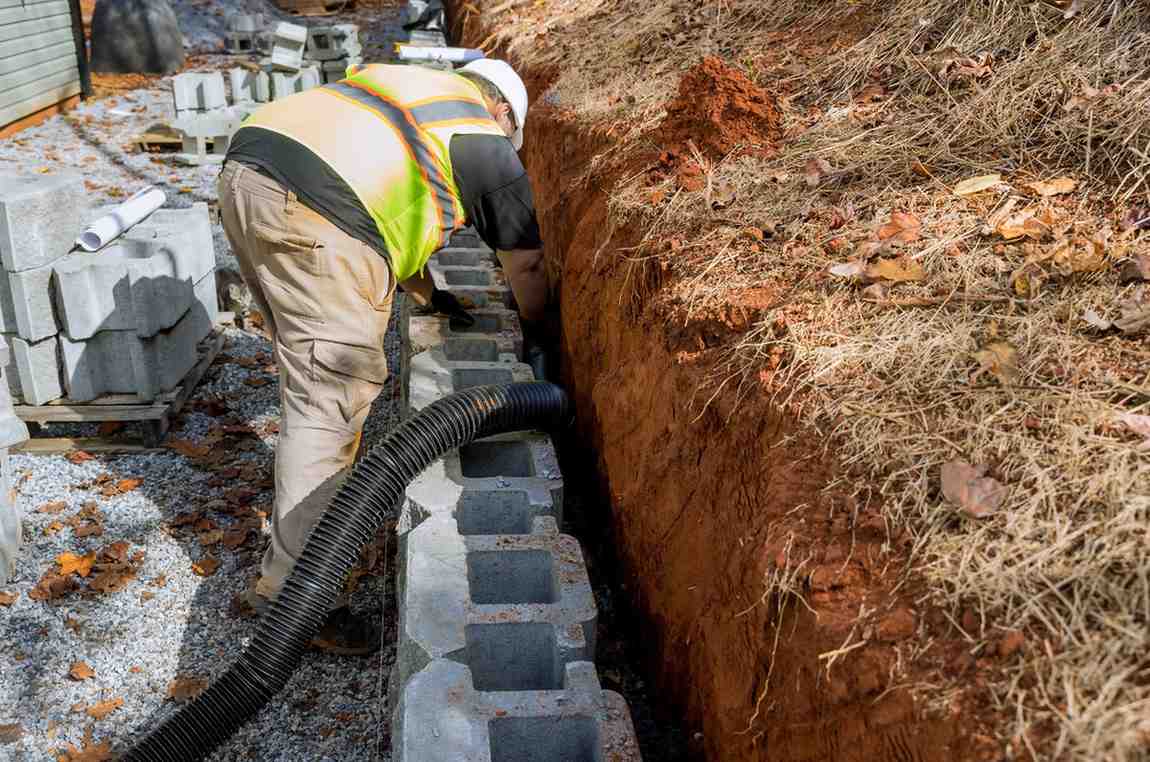
Why Drainage Matters for Australian Regulations
Compliance with retaining wall regulations in Australia underscores the importance of drainage. AS4678 mandates drainage for retaining walls over 800mm to manage hydrostatic pressure. Councils in New South Wales (walls over 600mm) and Western Australia (over 500mm) require engineering approvals prioritising drainage.
Effective drainage ensures compliance, avoiding costly fines or rebuilding. In Queensland’s high-rainfall areas, councils require robust drainage to prevent erosion. InfraBlock’s precast concrete walls meet these standards, ensuring regulatory compliance and effective water management while boosting durability.
Best Practices for Retaining Wall Drainage Design
To achieve optimal drainage in retaining wall design, follow these best practices for projects in Australia:
- Install Weep Holes: Place weep holes every 1.5–2 metres along the wall base to allow water to escape.
- Use Gravel Backfill: Fill the space behind the wall with coarse gravel to facilitate water flow.
- Incorporate Drainage Pipes: Lay perforated pipes at the wall’s base to channel water away.
- Consider Geotextile Fabrics: Use fabrics to prevent soil from clogging drainage systems.
- Account for Local Conditions: Tailor designs to Australia’s rainfall patterns and soil types, consulting with experts if needed.
These steps ensure your retaining wall is equipped to handle water effectively, reducing the risk of poor drainage retaining wall failure.
Types of Drainage Systems for Retaining Walls
Choosing the right drainage solutions for retaining walls is crucial for success. Common types include:
- Weep Holes: Small openings in the wall that allow water to escape, ideal for low-to-moderate rainfall areas.
- French Drains: Perforated pipes surrounded by gravel, perfect for high-rainfall regions like Queensland.
- Surface Drains: Channels or trenches that divert surface water, suitable for flat sites.
- Blanket Drains: Layers of gravel or permeable material behind the wall, effective for clay-heavy soils.
Each system suits different site conditions, ensuring flexibility for Australian projects. InfraBlock’s precast concrete walls are designed to integrate seamlessly with these systems, enhancing durability.
How InfraBlock’s Retaining Walls Ensure Proper Drainage
At InfraBlock, our precast concrete in retaining walls is engineered to meet Australian standards (AS4678), ensuring effective drainage tailored to local conditions. Manufactured in a controlled environment, our blocks provide consistent strength and durability, ideal for coastal New South Wales or rural Western Australia.
Designed to integrate with weep holes, gravel backfill, and drainage pipes, our systems manage water reliably, preventing structural issues like hydrostatic pressure. Our Large Interlocking Blocks, for example, support efficient drainage for robust retaining walls. With sustainable drainage solutions and customised advice, InfraBlock supports your project with durable, eco-friendly retaining walls.
Build Smarter with Drainage-Focused Retaining Walls
Effective drainage is the foundation of a durable, cost-efficient retaining wall. By prioritising proper drainage in retaining wall design, you’ll prevent structural damage, reduce maintenance costs, and ensure your wall stands strong against Australia’s harsh weather, enhancing both functionality and property value.
Built with confidence using InfraBlock’s precast concrete solutions, designed for optimal drainage and sustainability. Contact our team at 0478 102 201 or email info@infrablock.com.au to create a retaining wall that lasts.


